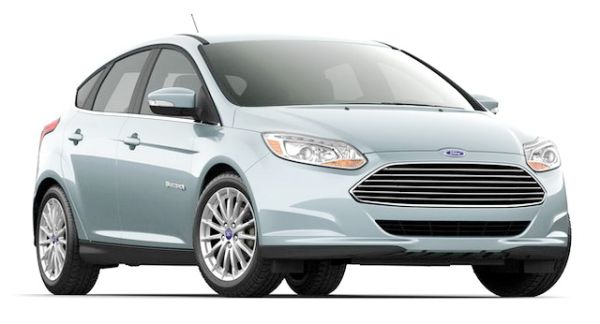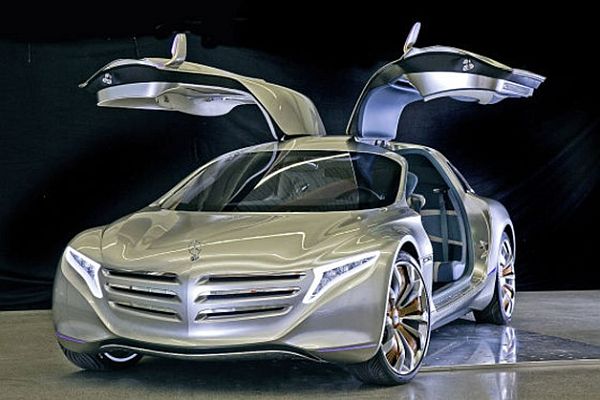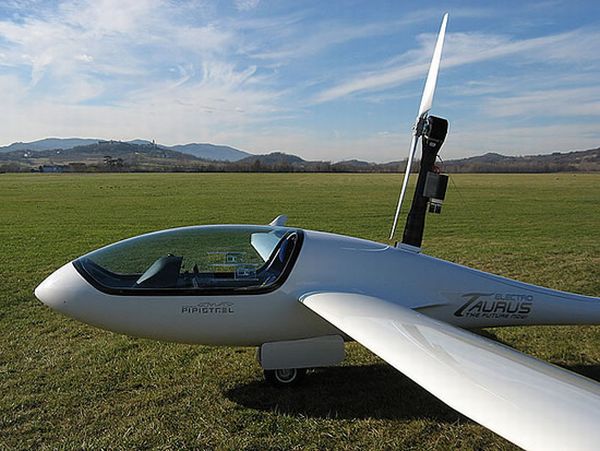
According to the United Nations, the aviation industry accounts for nearly half of the pollution attributable to transportation. With rapid increase in air traffic, if steps are not taken to incorporate clean technology in the sector, the level of toxic air emissions might reach hazardous heights. Replacing internal combustion engines with electric motors is perhaps the easiest and the most viable method of preventing air pollution. We already have hybrid electric cars running on our roads. Now it is time to herald an era of zero emission electric aircraft to ensure safe and clean travel across the globe. Here’s a list of electric aircrafts, which might become a mode of clean air travel in the future:
Yuneec International E430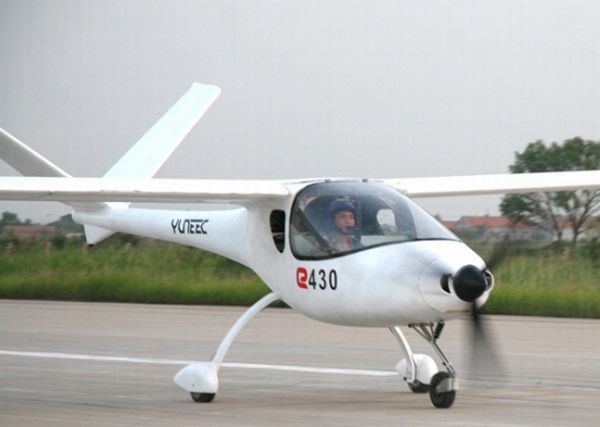
This two-seat, V-tailed, single engine composite aircraft is designed by Yuneec International. It is powered by a 40KW battery fueled by a 72kg lithium polymer battery pack. The aircraft was officially unveiled in Oshkosh EAA AirVenture in July 2009. Each battery pack has an expected lifespan of 1500 hours or it might support flying for 2 to 2 ½ hours on a single charge. The commercial light sport aircraft costs around US$89,000.
ENFICA-FC’s Rapid 200-FC electric aircraft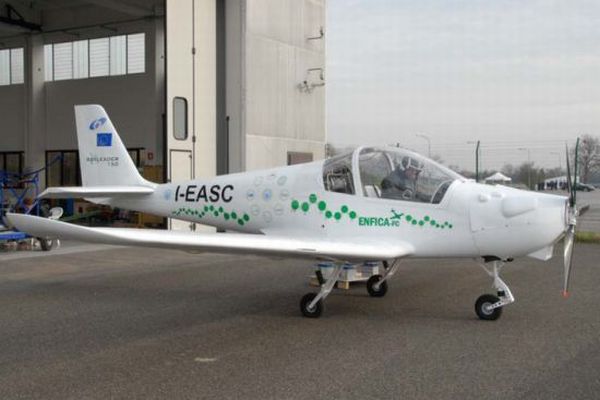
The first high-speed taxiing tests of Rapid 200-FC electric aircraft, an environmentally-friendly inter-city aircraft propelled by fuel cells, were conducted in December 2009. Piloted by Marco Locatelli, the ultra-light aircraft completed its maiden flight on 20 May 2010. Powered by 20KW PEM fuel cell and a 20KW Li-Po battery, the zero emission aircraft could reach a maximum speed of 135kph, a world record for C class electric aircrafts.
Pipistrel Taurus Electro
Powered by 101-pound lithium-polymer battery pack, the Taurus Electro is a 700-pound lightweight aircraft with a wingspan of 15meters. The electric aircraft could easily reach an altitude of 6000m effortlessly. The aircraft combines the noise-free flight of a glider with the efficiency of a powered aircraft.
SkySpark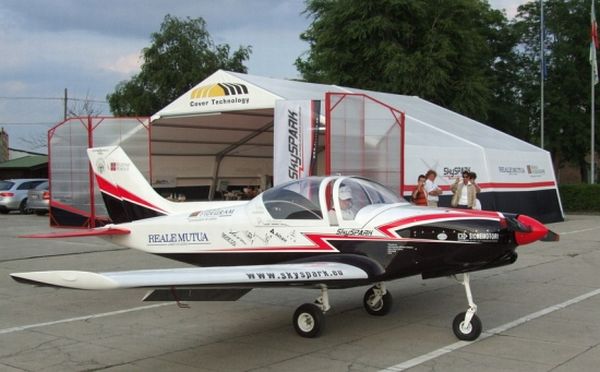
The 100 percent eco-friendly aircraft is powered by an electric motor, which matches the efficiency of combustion engines. With the aid of the 75KW brushless electric motor, fueled by lithium polymer battery pack, SkySpark attained a world record speed 250kph. Engineers are currently working on an innovative engine technology fueled by hydrogen fuel cells, which would further enhance the aircraft’s speed.
Sunseeker II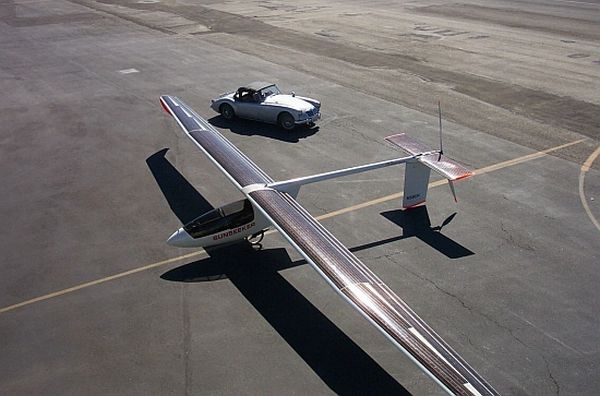
Sunseeker I was the world’s first solar-powered aircraft. Its upgraded version, Sunseeker IIcombines a new wing design with a powerful motor, improved photovoltaic panel and advanced lithium polymer battery pack to enhance the aircraft’s performance.
Electraflyer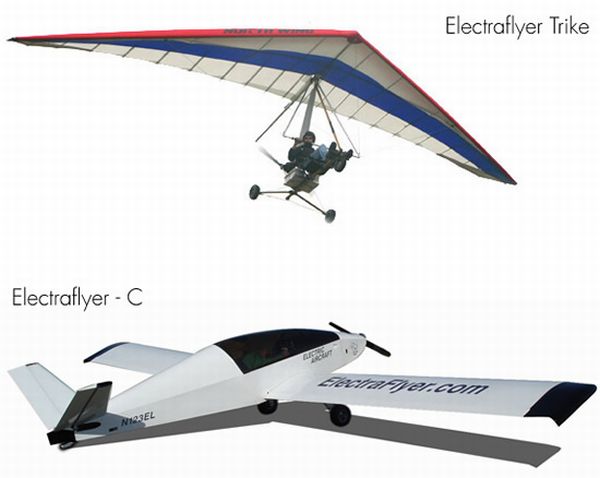
Electraflyer is an eco-friendly aircraft from Electric Aircraft Corporation. The standardElectraflyer aircraft is powered by an 18hp electric motor fueled by 5.6KW lithium-ion polymer battery. It can fly for five to six hours on a single charge. The aircraft could reach a peak speed of 90mph and could climb at a rate of 500 to 600 feet per minute.
University of Cambridge’s electric aircraft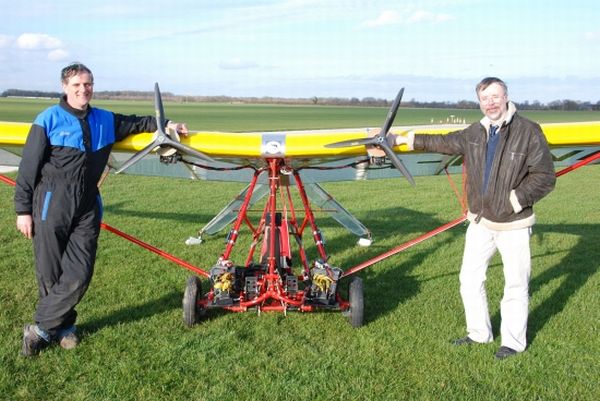
The fixed wing aircraft developed by University of Cambridge is powered by 10KW ultra-light brushless electric motors. Test flights showed that the all-electric airplane fueled by 12 lithium polymer cells could reach a height of 1,700 feet. Designers are incorporating new technologies to enable the aircraft to fly continuously for two hours on a single charge.
PC Aero all-electric single seat airplane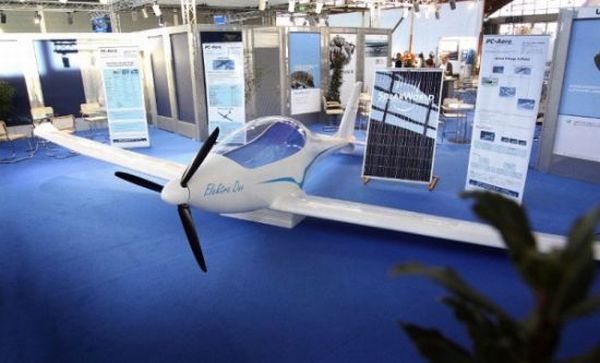
Elektra One, the two-seat lightweight aircraft from PC Aero was displayed for the first time at the Aero 2010, held last year in Friedrichshafen, Germany. The 120kg aircraft, with 8.6m wingspan could carry up to 90kg of payload. Powered by a 16KW electric motor, the all-electric airplane could fly continuously for up to 3 hours at a minimum speed of 120kph. The 20sqm solar panels of the aircraft could trap solar energy to fly for 300 hours each year.
Solar Impulse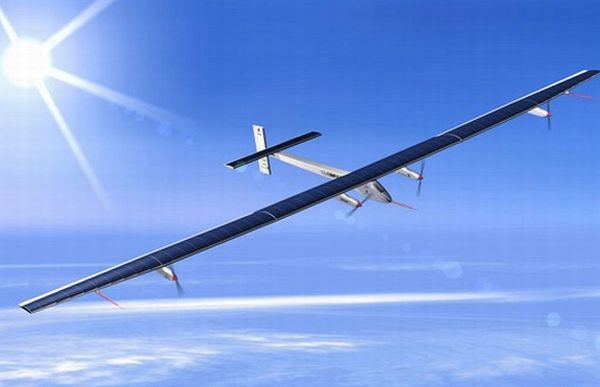
11,628 solar panels installed on the wings of Solar Impulse could harvest sun’s energy to power the aircraft for up to 36 hours. The electric aircraft features wingspan as large as Airbus A340. Weighing 1600kg, the aircraft is as heavy as a car, while its engine is just as powerful as that in a scooter.
Antares DLR-H2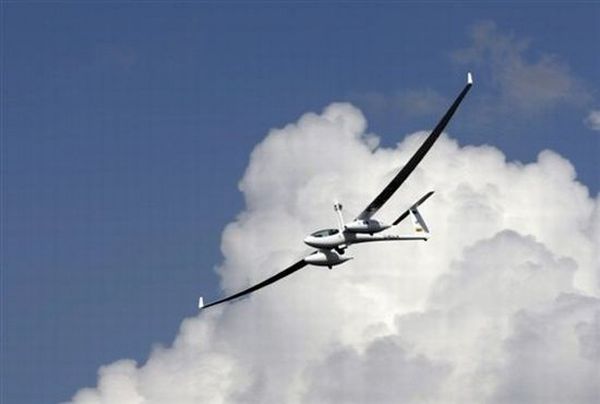
Antares DLR-H2 is the world’s first piloted aircraft powered by hydrogen fuel cell. Through an electrochemical reaction, the engine of the aircraft utilizes hydrogen to produce electricity. The combustion-free electrochemical process emits only clean water. The aircraft can operate for about five hours.



